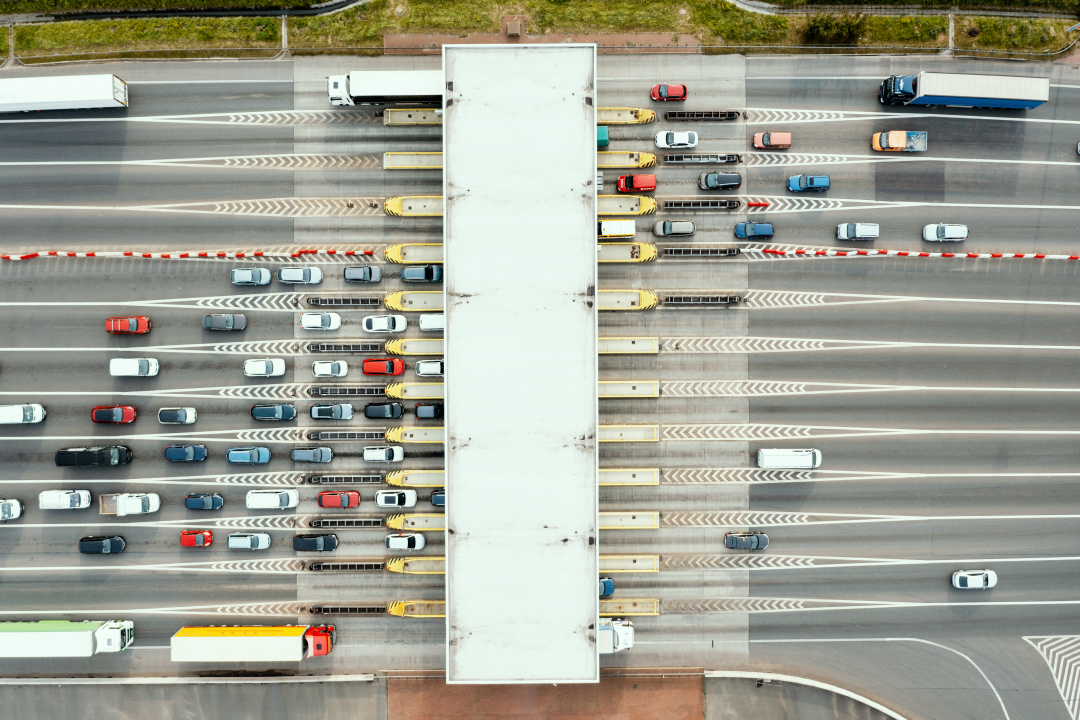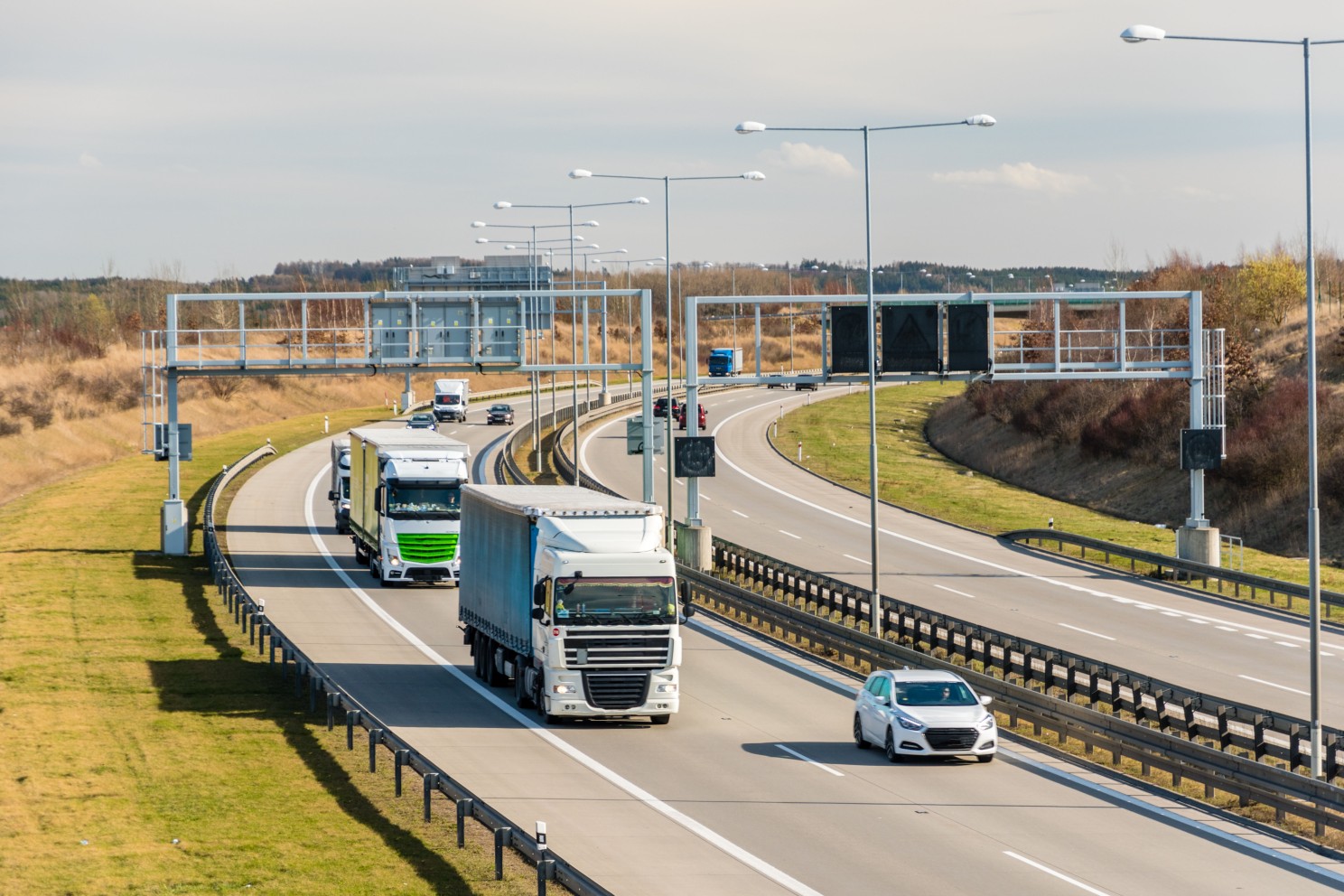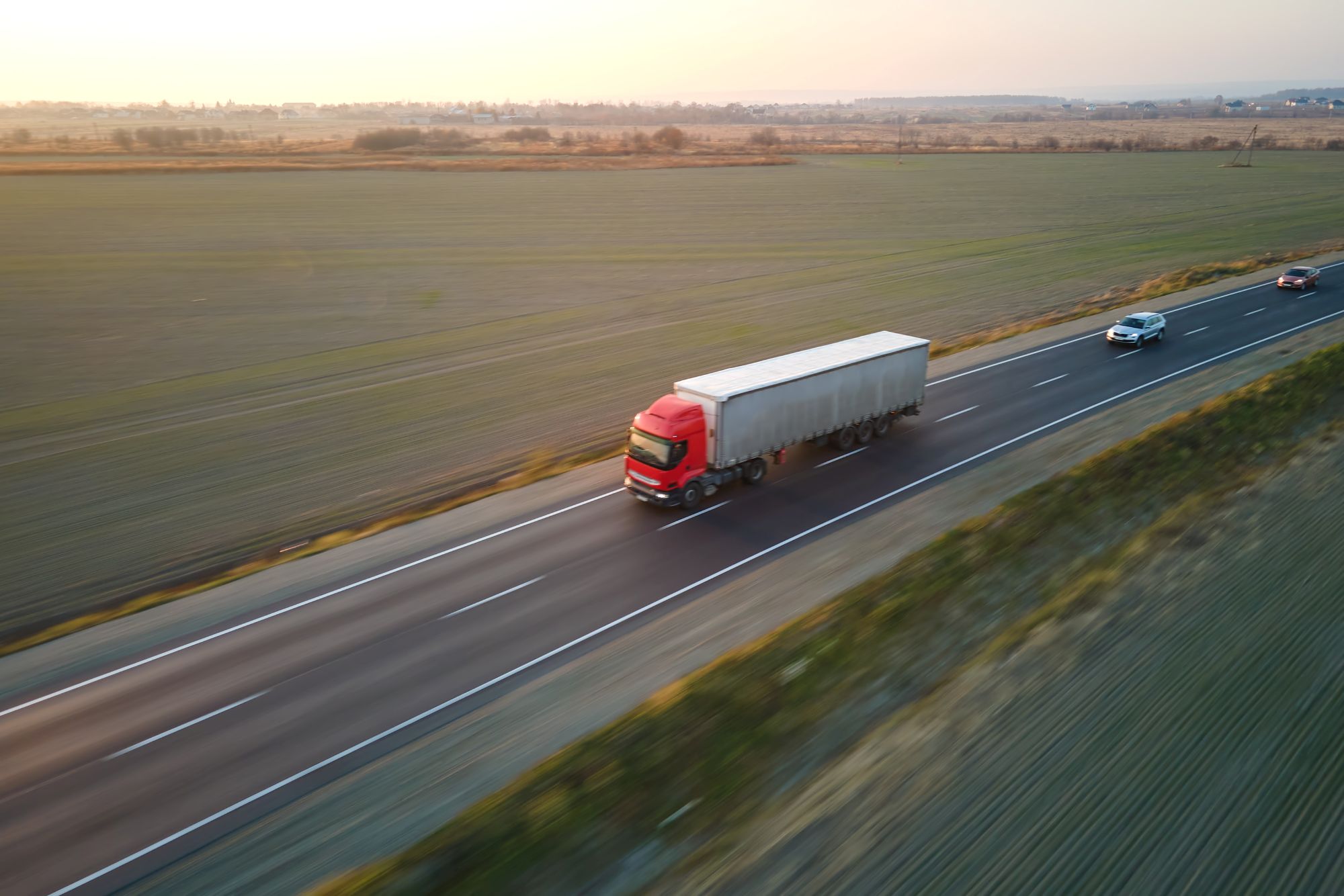
Susie Jones
Understanding the new truck toll rates in Germany
Created: 12/08/2024
•
Updated: 12/08/2024
With the ongoing changes to Germany's truck toll system, it's easy to get lost in the many alterations and regulations. Almost 83% of local truck journeys, covering roughly 200 kilometres, are already on toll roads - highlighting the impact German tolls have on fleet expenditure.
With the rise in toll rates, these new changes are hitting fleet companies hard. Changes to the toll in 2023 and 2024 resulted from the German government supporting The Toll Amendment Act, which adopts the following:
• New toll rates
• The introduction of CO2 emissions tolls
• Removing toll exemption for natural gas vehicles
• Extending the toll to vehicles with a permissible total weight of over 3.5 tonnes.
January 1st, 2023 changes
Toll rates rose at the beginning of 2023. Three factors were decisive:
• Number of axles
• Emissions class
• Permissible total weight of the vehicle combination.
December 1st, 2023 changes
December saw the introduction of CO2 emission classes as a new tariff criterion. Calculated on a surcharge of 200 euros per tonne of CO2 emissions - this is levied on all vehicles with a permissible total weight of over 7.5 tonnes. Individual surcharge amounts, in addition to the current toll, depend on emission class.
• Class 1 - HGVs with the highest CO2 emissions and, therefore, the highest possible surcharge. TollCollect, which collects truck tolls in Germany, classifies all registered vehicles in this emission class - fleet operators must contact them to apply for a better classification if eligible.
• Classes 2 and 3 - Both classes are assigned when entering vehicle details into the TollCollect portal.
• Class 4 - Low-emission trucks, for example, natural gas vehicles.
• Class 5 - Zero-emission trucks.
January 1st, 2024 changes
On the 1st of January 2024, the toll exemption for vehicles powered by natural gas was no longer applicable.
July 1st, 2024 changes
Tolls will be due for all vehicles with a technically permissible total weight of more than 3.5 tonnes. There are a few exemptions to this new change:
• Emission-free vehicles with a technically permissible total weight of more than 4.25 tonnes.
• Emission-free heavy commercial vehicles - This exemption is effective until late December 2025.
• Vehicles used by trade businesses - Applicable for vehicles with a total weight of less than 7.5 tonnes.

Getting your fleet ready for the July changes
Before the 1st of July, you will need to check whether your vehicles are subject to toll, and if they are, how you want to pay the toll.
Check your vehicles
• Check part one of the vehicle registration certificate in field F1. If your vehicle has a Technically Permissible Maximum Laden Mass (TPMLM) of more than 3.5 tonnes, you are subject to paying the toll. HGVs with a TPMLM of exactly 3.5 tonnes or less will not be subject to toll charges.
• Vehicle combinations - if the towing vehicle has a TPMLM of over 3.5 tonnes, you are subject to toll. A combination with a TPMLM over 3.5 tonnes will not be subject to toll charges if the towing vehicle has a TPMLM of 3.5 tonnes or under.
• Vehicle toll requirements apply to vehicles intended or used for road haulage.
• Trade businesses are from tolls under certain conditions.
How to pay the toll
The most convenient way to pay is with an onboard unit (OBU) - provided by Toll Collect, European Electronic Toll Service (EETS) providers, or their sales partners.
Paying with an OBU requires registering with Toll Collect and arranging an installation appointment - after installation, set the weight as "<7.5 tonnes". With an OBU, the automatic collection will occur on motorways and federal roads from the 1st of July, 2024.
Alternatively, you can pay the toll on the Toll Collect website or via their app before starting your journey.
Is my trade business vehicle exempt from new German toll rates?
To be eligible for the craftsperson exemption, the following applies:
• Only employees of the trade business can drive the vehicle.
• The materials, equipment, or machines transported must be necessary to carry out the services and work of the trade business.
• The handcrafted goods transported must be produced, processed, or repaired in the tradesperson's business.
You can register your trade vehicles online at Toll Collect. Trade businesses can discover more information about the exceptions on Toll Collect's FAQ page.
Can trucks drive in Germany on Sundays?
There are commercial truck bans on driving during certain times to reduce traffic and keep roads safe. The ban is applicable on Sundays, meaning truck drivers with a truck weighing over 7.5 tonnes cannot move it from 12 am to 10 pm. In addition, there is also a driving ban on the following public holidays:
• New Year's Day - 1st of January
• Good Friday - 18th of April
• Easter Monday - 21st of April
• Labour Day - 1st of May
• Ascension Day - 29th of May
• Whitsun - 8th of June
• German Unification Day - 3rd of October
• Christmas and Boxing Day - 25th & 26th of December
During the main holiday period, from the 1st of July to the 31st of August, the truck driving ban applies on Saturdays, meaning truck drivers are not allowed to drive between 7 am and 8 pm when there is a high frequency of vehicles on the roads.



